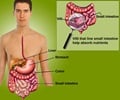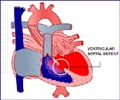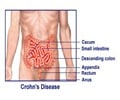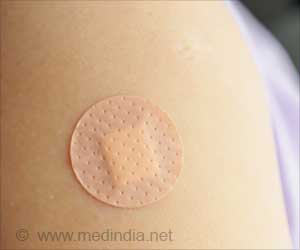If you have a habit of observing coffee rings, you can also observe that the spot has a darker ring around its perimeter that contains a much higher concentration of particles than the center.
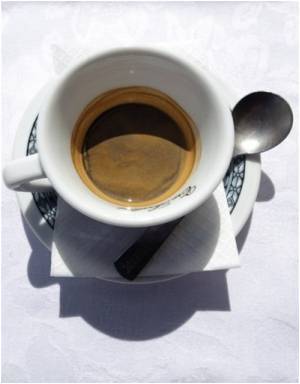
But a better understanding of how these rings behave at the micro- and nano-scale would probably be needed for practical bionsensors.
"Understanding micro- and nano-particle transportation within evaporating liquid droplets has great potential for several technological applications, including nanostructure self-assembly, lithography patterning, particle coating, and biomolecule concentration and separation," said study's lead author Chih-Ming Ho, the Ben Rich-Lockheed Martin Professor at the UCLA Henry Samueli School of Engineering and Applied Science and director of the UCLA Center for Cell Control.
"However, before we can engineer biosensing devices to do these applications, we need to know the definitive limits of this phenomenon. So our research turned to physical chemistry to find the lowest limits of coffee-ring formation."
To determine the smallest droplet size that would still show a coffee ring after evaporation, the research team manufactured a special surface coated in a checkerboard pattern that featured alternating hydrophilic, or water-loving, material and hydrophobic, or water-repelling, material.
The group then placed latex particles, ranging in size from 100 nanometers to 20 nanometers, in water. The particles were similar in size to disease-marker proteins that biosensors would look for.
Advertisement
For the 100-nanometer sized particles, this occurred at a droplet diameter of approximately 10 micrometers, or about 10 times smaller than the width of a human hair. At this point, the water evaporated before the particles had enough time to move to the perimeter.
The research appears in the current issue of the Journal of Physical Chemistry B and is available online.
Source-ANI
RAS

